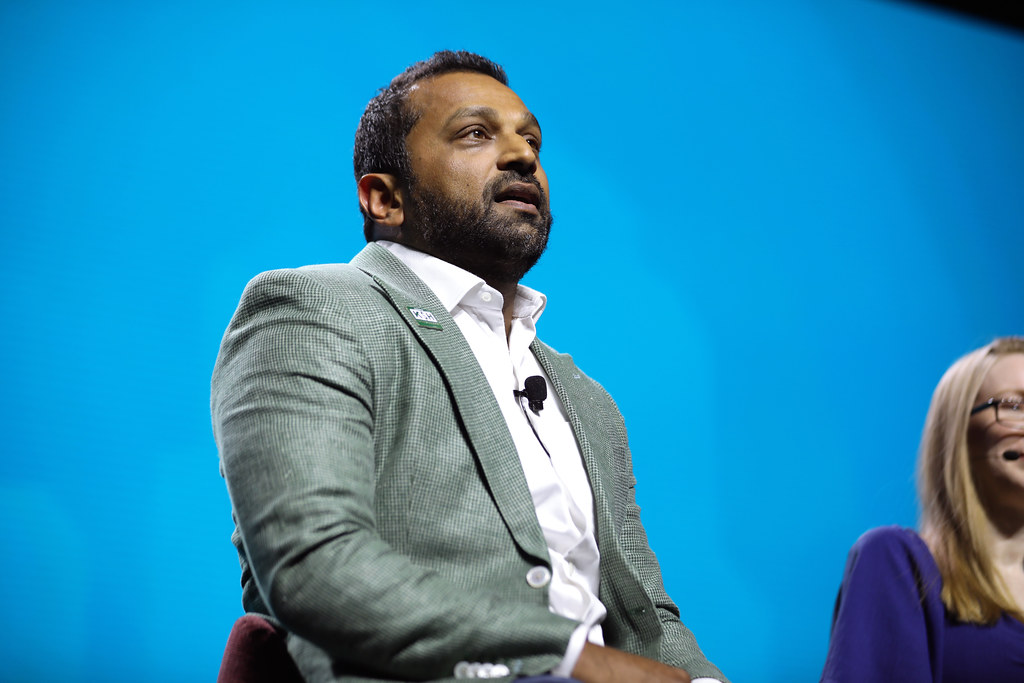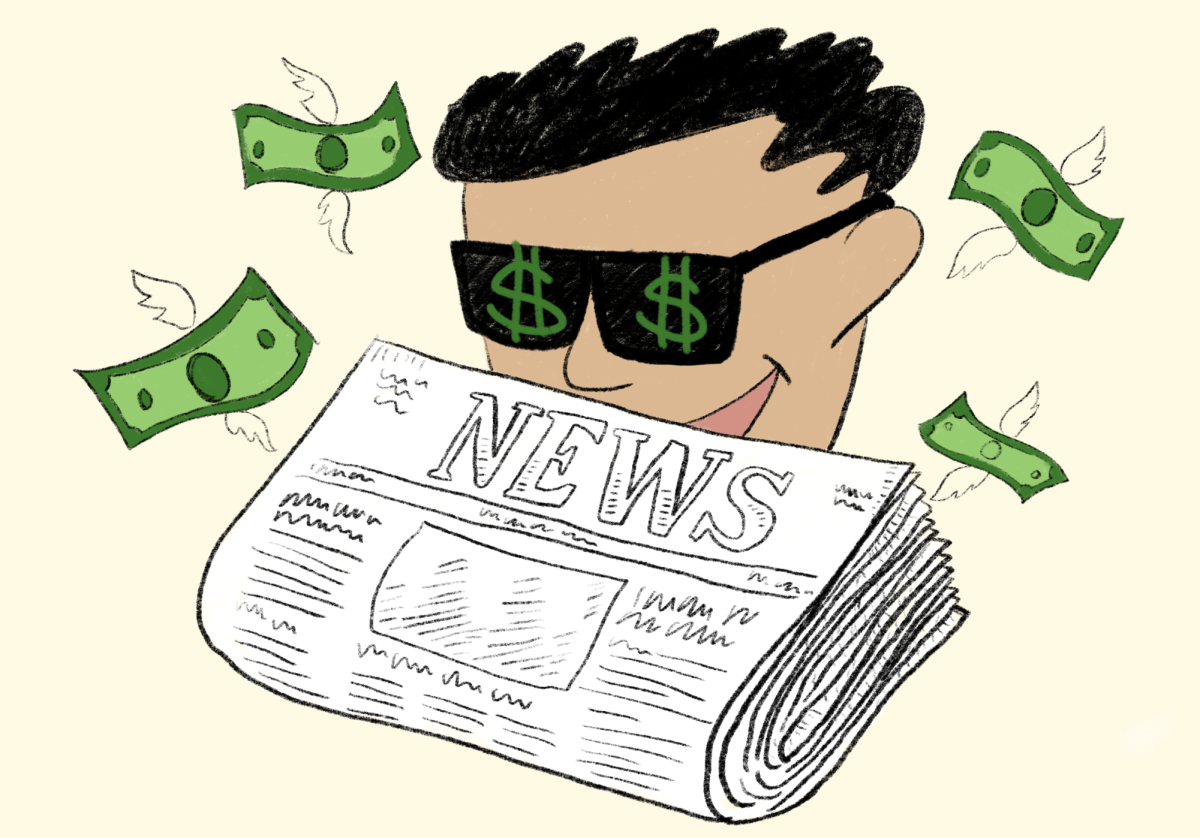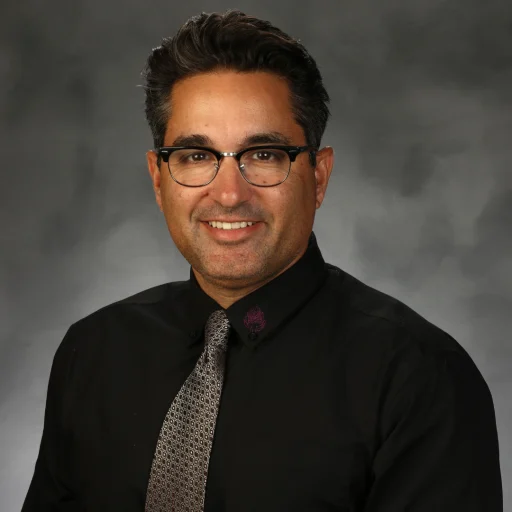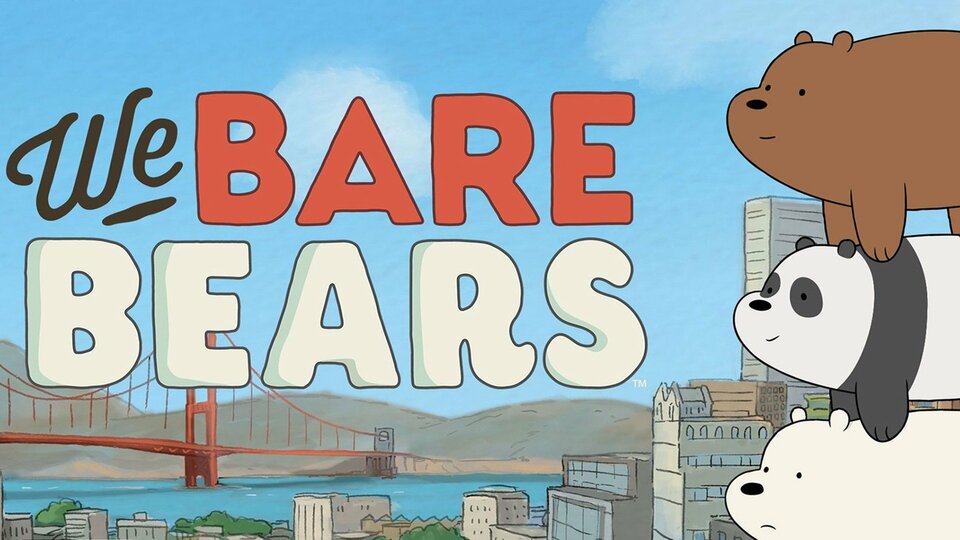During a visit to Japan, YouTuber Logan Paul, currently with 16 million subscribers, filmed a dead body hanging from a tree in a forest. Only censoring the body’s head, Paul proceeded to film the body and disrespectfully laughed at it, seemingly using it as a prop in his video. Paul also released a video where he was shown to be disrespecting Japan’s people and its culture for views by harassing citizens and disturbing religious temples.
Initially, YouTube did absolutely nothing to Paul after he uploaded these videos even though the suicide video directly violated YouTube’s community guidelines.
This is just one example of the YouTube’s increasing toxicity and harmful content. YouTube should take extra steps to further regulate its channels to avoid situations like these.
Only after receiving a severe backlash from other content creators did Paul take the video down himself. By then, the video had already garnered over half a million likes. YouTube did not take any actions against Paul or his videos and instead released a public statement and apology almost a week later.
With 1.5 billion monthly active users, YouTube is one of the most popular free entertainment platforms available on the internet. As YouTube has become a possible source for income with the use of ads, some successful channels have become full-time jobs for the creators behind them.
However, YouTube does not do enough to monitor its content creators and users for producing hateful videos and comments. Although it may seem almost impossible to monitor every single one of the thousands of videos uploaded on a daily basis, one approach YouTube could take is monitoring major channels like Logan Paul’s. It would be easy to keep track of content that reaches a large audience and influences other YouTube channels.
Currently, YouTube operates a system where viewers and YouTube employees are able to flag videos for issues ranging from copyright infringement to inappropriate content. However, this system has proven faulty and has resulted in countless false strikes and accusations.
Taking immediate action against videos like Paul’s would help demonstrate that similar videos and other hateful content should not be tolerated in the community. The increasing amount of negativity and inappropriateness in content must be regulated and content creators should be held more accountable for the videos they produce.
With channels growing and competition for more subscribers increasing, some content creators have been recently turning to “YouTube drama,” where certain YouTubers release hateful comments on another in order to draw attention. This has especially become a serious problem when large channels, such as RiceGum and idubbbz, plot against each other and sometimes even take measures to harm another person’s reputation and channel.
Where most mature viewers would pass over these videos as immature entertainment, the majority of a YouTube’s audience, which consists of younger children, are influenced by the harmful actions and may not able to distinguish the fact that what they see on screen isn’t what they should emulate in real life.
Knowing that most of their audience is children, many big channels still produce inappropriate and harmful videos for the sake of drawing attention and popularity.
One example of these types of videos are called “diss tracks,” where people drop a list of hateful insults on another person with a catchy beat in the background. Diss tracks have become so popular now that they have become common for large channels to make them against others, as it draws attention and creates negativity around the person the video was against.
With so many successful channels engaging in such negative and profane types of entertainment, it has almost become necessary for smaller channels to follow in hopes of staying relevant.
Because of situations like this, a lot of unfavorable stigma has surrounded YouTube’s platform which in turn has caused many viewers to turn away from the site. What was once a balanced website for people to upload creative videos of their own has now become a pedestal for hatred and insults.
Although this may not have a great effect on more mature audiences, YouTube should more increasingly monitor content creators with what is deemed as inappropriate. Especially with younger kids having the ability to find almost any video they please, the negative atmosphere that is slowly growing on the site can have a negative influence on what children perceive as acceptable and appropriate.
YouTube should try to take steps to make the site a more positive and friendly space, even if it means strictly redefining the creative freedoms content creators sometimes abuse.




























